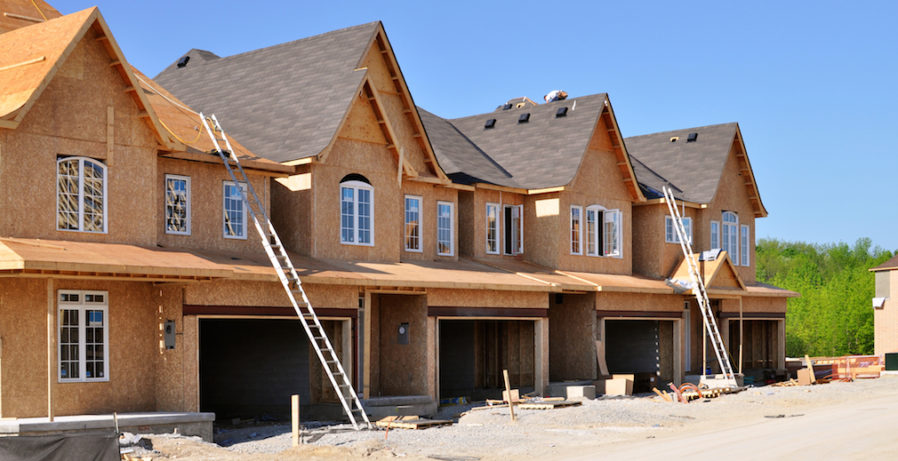U.S. construction spending for commercial and residential projects dipped in December, its first retreat since June, according to the Census Bureau.
Construction outlays totalled $1.328 trillion at a seasonally adjusted annualized rate, compared with an upwardly revised $1.330 trillion in the prior month. The December rate was 5% higher than a year earlier.
For all of 2019, construction spending fell 0.3%, the first annual decline since 2011, after rising 3.3% in 2018.
Looking only at residential construction, seasonally adjusted annualized spending rose to $548 billion, a gain of 1.4% from the prior month and 5.8% from a year earlier.
Homebuilders are spending more as their confidence rises. A measure of homebuilder sentiment, the Housing Market Index, revealed confidence spiked to a 10-year high during the month.
According to the National Association of Home Builders and Wells Fargo, which put out the monthly sentiment report, December’s level came in at 75 points. This rate marks the highest reading since June 1999.
“Builders are continuing to see the housing rebound that began in the spring [of 2018], supported by a low supply of existing homes, low mortgage rates, and a strong labor market,” said NAHB Chairman Greg Ugalde.
In December, the index measuring current sales conditions rose to 84 points, while buyer traffic grew to 58 points and sales expectations over the next six months inched forward to 79 points.
Although sentiment improved in a majority of the nation’s regions, NAHB Chief Economist Robert Dietz warns homebuilders across the country continue to grapple with affordability concerns.
“While we are seeing near-term positive market conditions with a 50-year low for the unemployment rate and increased wage growth, we are still underbuilding due to supply-side constraints like labor and land availability,” Dietz said. “Higher development costs are hurting affordability and dampening more robust construction growth.”
Interested in exclusive real estate news and commentary? Join HW’s free twice-weekly newsletter OpenHouse to stay informed. Sign up here!







